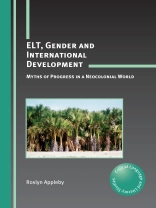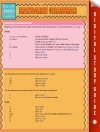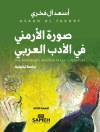For believers in the power of English, language as aid can deliver the promise of a brighter future; but in a neocolonial world of international development, a gulf exists between belief and reality. Rich with echoes of an earlier colonial era, this book draws on the candid narratives of white women teachers, and situates classroom practices within a broad reading of the West and the Rest. What happens when white Western men and women come in to rebuild former colonies in Asia? How do English language lessons translate, or disintegrate, in a radically different world? How is English teaching linked to ideas of progress? This book presents the paradoxes of language aid in the twenty-first century in a way that will challenge your views of English and its power to improve the lives of people in the developing world.
Innehållsförteckning
Introduction: This is Where it Crashed and Burned
Part I Understanding English Language Teaching in Development
1 Models of Development and English Language Teaching
2 Time and Space in English Language Teaching, Gender and Development
3 Spatial Context: East Timor, Indonesia and Australia
Part II Teachers’ Narrative Accounts
4 Being There: Teachers’ Spatial Engagements with Development Contexts
5 It’s a Bubble: English Language Teaching Practices in Development
6 Doing the Washing Up: Teaching and Gender in Development
Conclusion: Spatial Practices in the Contact Zone
Om författaren
Roslyn Appleby is a Senior Lecturer at the University of Technology, Sydney. She holds a Ph D in education, and her scholarly work has been presented and published in the fields of applied linguistics, English language teaching, and international development. Her transdisciplinary research brings together critical language studies, gender and sexuality, spatiality and development. She has extensive experience as a teacher of English language and academic literacy development in higher education.












